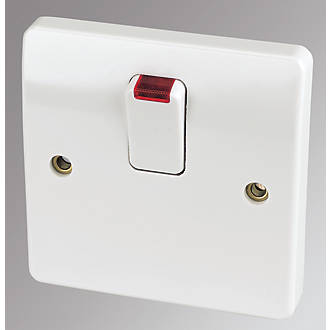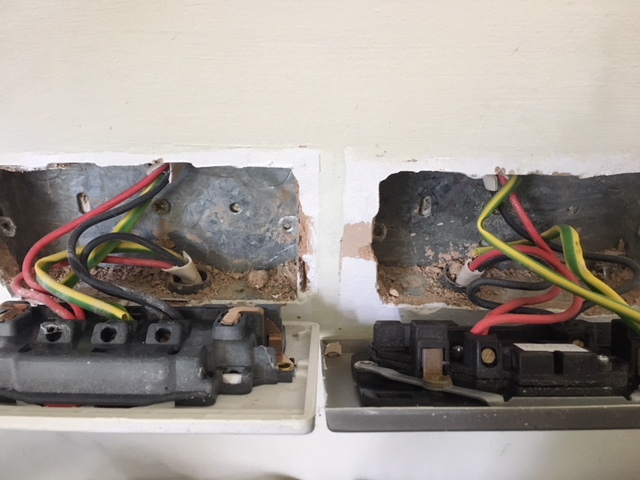Currently I have a 13A cooker connected to a 13A plug and socket in an island in the kitchen.
It was installed about 18 years ago.
The cooker needs replacing and everything is 16A these days, even for a 3kW oven
The existing 13A socket in the island is a single radial circuit with nothing else on it, and its own 16A MCB in the fuse box.
(eg; 16A MCB --> a pair of standard 2.5mm2 cables --> a single 13A socket)
Can I replace the 13A socket with a 16A cooker switch?
The 16A MCB is fine, and the pair of 2.5mm2 should be fine as well?
I can then hardwire the replacement cooker to the 16A cooker switch.
Thanks
It was installed about 18 years ago.
The cooker needs replacing and everything is 16A these days, even for a 3kW oven
The existing 13A socket in the island is a single radial circuit with nothing else on it, and its own 16A MCB in the fuse box.
(eg; 16A MCB --> a pair of standard 2.5mm2 cables --> a single 13A socket)
Can I replace the 13A socket with a 16A cooker switch?
The 16A MCB is fine, and the pair of 2.5mm2 should be fine as well?
I can then hardwire the replacement cooker to the 16A cooker switch.
Thanks



